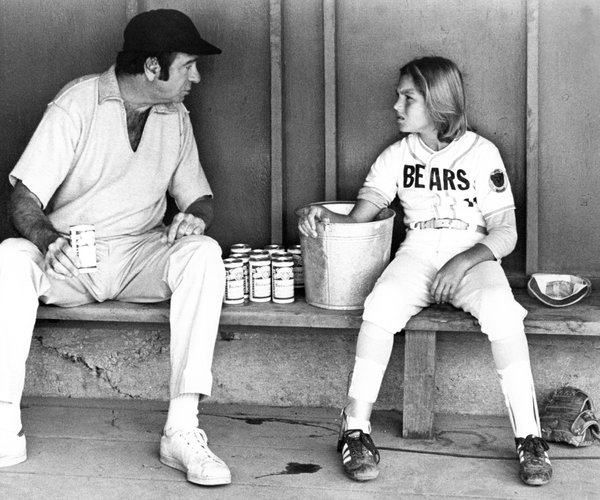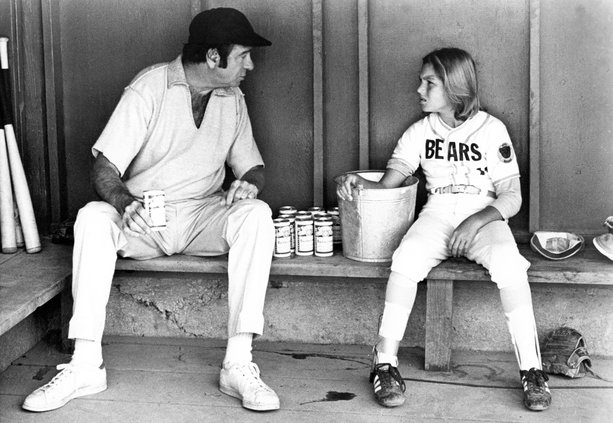The Union Ice Co. structure was arguably the ugliest building in downtown 16 years ago.
It was encased with corrugated galvanized steel walls and roof.
The structure itself was about as flush as you could get to the railroad-right-of-way and sidewalk along Main Street on the southeast corner of the Union Pacific crossing.
Sixteen years ago, the then City Council pulled the trigger to actually start moving toward constructing a transit station.
It wasn’t exactly an epiphany.
Instead, the council — as well as staff — had been lost in what was then the usual Manteca haze of indecisiveness.
They were at risk of losing $1.1 million in Measure K regional gas tax funding they had been awarded years before due to foot-dragging.
Some wanted to kill the transit station as bring unnecessary.
They argued that Manteca ultimately could get ACE train service with just a platform and a parking lot as had occurred at the Lathrop-Manteca ACE stop on the border of the two cities.
But the transit station was never envisioned as a mere platform.
It was — based on grandiose plan devised in 1998 by a group of two dozen citizens laboring with city staff over a nine-month period — part of the Vision 2020 plan for Manteca’s economic, social and cultural future.
A few years prior, the same council was inspired by what the citizens group envisioned for downtown and the community as a whole to choose between two architectural themes for a transit center.
One was a bold statement in steel and glass reminiscent of modern European rail stations.
The other was more of a traditional Grand Central Station theme with plenty of brick, steel and windows that was somewhat modeled after the early 1900s wooden Southern Pacific station torn down 40 years prior on the edge of Library Park.
The Vision 2020 group saw the transit center not just as a glorified bus and train stop. They saw it as the heart of the future downtown. As such, it needed to be a gathering place — hence the community meeting room and outside plaza for events.
It also had to make a statement complete with a clock tower.
The reason was simple.
It would be “the” city government building in downtown and it would tie in Manteca’s past and represent with the future.
As such it would serve as a symbolic calling card for Manteca.
There was a push to drop the transit center and try and divert the funds into widening — I’m not making this up — Airport Way between Daniels Street and Yosemite Avenue that was a top city priority for the following year. The conversation took place in 2008.
Sixteen years later, Airport Way has not been widened to four lanes although you can now drive it without feeling as if your car is about to fall apart.
The transit station is built. And ACE service is coming down the track to downtown in 2026.
Back in December 2008, then Councilman John Harris made the following argument about the transit station: “I think it’s key we keep this part of the downtown improvements.” Harris noted the transit station was a key part of the long-range puzzle to pump economic vitality into the central district.
Originally, the transit station was envisioned to go behind the 100 and 200 blocks of West Yosemite.
The city then was mulling the site of the old lumber yard and even came up with architectural plans for a station with a clock tower.
While they were taking their sweet time on the advice of county personnel who believed toxic issues would make the site not commercially viable for private sector investment, Don’s Mobile Glass bought the building and ended up spending just around $20,000 for toxic clean-up.
In retrospect, the Union Ice property that originally was envisioned just to be a parking lot for the station is by far the better location.
When passenger trains do stop, they will be to the southeast of the station where an ACE platform will be built. They will not block the Main Street crossing when loading and unloading.
More important with ground breaking in the near future on another parking lot between Moffat and the tracks adjacent to the transit center there will not be a major jam up with available parking in the downtown core near businesses by those seeking to board commuter trains.
It would also have made it eventually impossible to possibly advance the idea floated by Mayor Gary Singh and others to “extend” Moffat to Yosemite Avenue near the Library Park to create a downtown bypass.
That would allow converting Yosemite Avenue through downtown into a more friendly venue for dining and entertainment.
At the same time, it could create a quicker connection to Spreckels Park area shopping as well as developing neighborhoods in southwest Manteca.
Besides being an iconic building that “marks” downtown Manteca, it also is key not just to the economic viability and livability of downtown and the central district but that for the city as a whole.
It — along with ACE service — gives Manteca something that no other city in the region has.
Not only access to rail service in the heart of downtown to reach jobs in San Jose and Sacramento, but it is centrally located within the city.
Clearly, everyone gets the fact ACE service expansion will help take pressure off freeway commutes.
But in Manteca’s case it has the ability to something entirely different.
It has the ability to convert at least four square miles, if not more, of Manteca’s most affordable neighborhoods into a transit village.
And in doing so it will help pump more life into the central district.
Other ACE stations have bus service — but only to connect with trains.
That is not the case for the Manteca Transit Center. It has regional bus connections and local bus connections. And it is the Manteca hub for both.
Yes, it increases the potential for urban renewal.
Building housing on empty lots.
Replacing older housing with multiple units.
Going up where possible with commercial on the ground floor of areas closest to downtown.
That all may happen and likely will.
But the immediate effect is four square miles of livable and affordable neighborhoods will be within easy walking or bicycling distance of a true transit hub that can get people to jobs in San Jose, the Silicon Valley and Sacramento.
As such, the transit hub can become a tool to improve the quality of lives.
It can also spur investment.
The city’s connectivity plan is aimed at pursuing upgrades to make pedestrian and bicycling access to the transit center easier and safer.
There is already a good start with the decision years ago to put the Tidewater Bikeway in place — a 3.7-mile separated bike path spine that connects neighborhoods with downtown and the transit center.
Manteca has what could be justifiably called an unparalleled opportunity to transform its central district.
All city leaders need to do is play the ACEs they have been dealt and to make sure that a “true” transit hub centrally located in the heart of the city is used to leverage the best possible economic future of not just downtown but nearby residents as well.
The railroad spurred Manteca’s economic growth 142 years with the one-two punch of moving goods and people
And it can do it again.
All the city needs to do is leverage the transit hub below the clock tower to get Manteca back to the future.
This column is the opinion of editor, Dennis Wyatt, and does not necessarily represent the opinions of The Bulletin or 209 Multimedia. He can be reached at dwyatt@mantecabulletin.com









